
Being able to thrive in your own home as you grow older is a goal for many of us – and with the right preparation, it is possible to create a safe and comfortable kitchen that supports you now and in the future. One key aspect to accessible kitchen design is appliances. Kitchen appliances should be planned so they are easy to operate, safe for everyone to use, and don’t compromise on features and style. In this guide, we’ll share the key features to look for when shopping for various kitchen appliances.
Cooktops
Induction cooktops are the safest cooking appliances to use as there are no open flames or hot burner coils. Induction cooking is super interesting, it’s based on an electrical process that produces a high-frequency electromagnetic field that makes the cooking vessel generate heat – not the cooktop. In other words, once your pot/pan is removed from the cooktop, the heat stays with your pot/pan, leaving your cooktop cool to the touch.
When selecting your cooktop, pick one with the controls at the front or side for optimal access. Knobs can be difficult to use for folks with arthritic hands, a good alternative is smooth-touch controls – basically a touch screen to control the temperature rather than using knobs. The absence of knobs also prevents clothing or mobility devices from getting caught on them or accidentally turning them on!
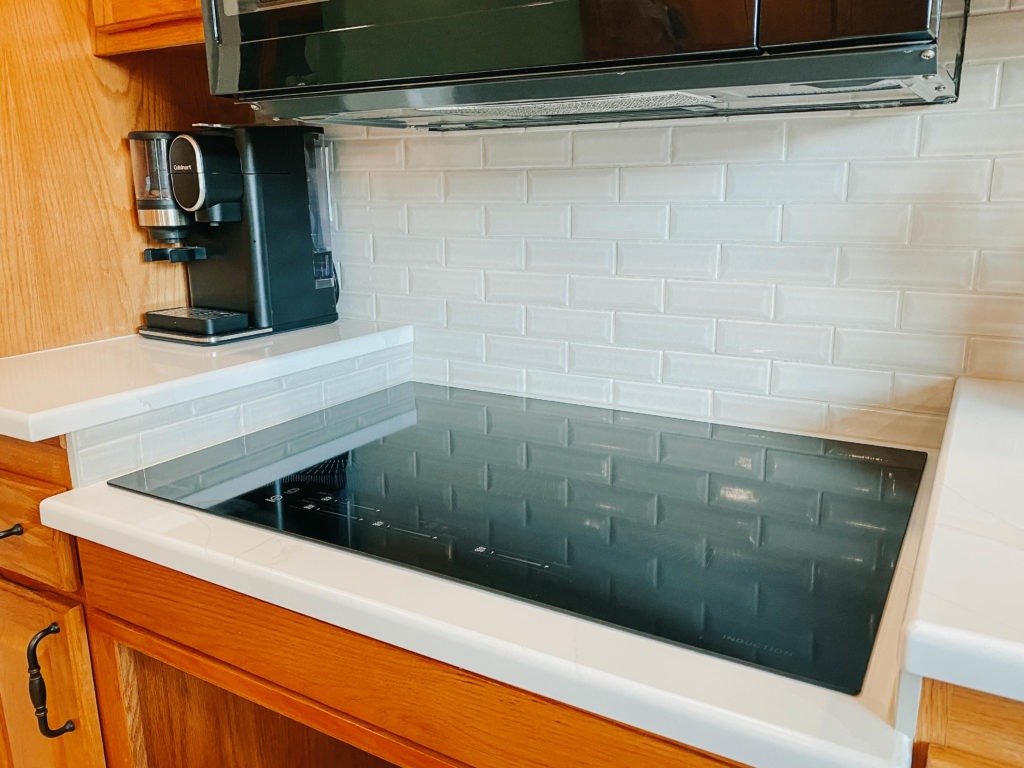
Ranges
It’s just as important for users to have easy access to range hoods. Ensure the hood you select has controls that are easily accessible to you or opt to mount a control switch at an under-friendly height on the backsplash or at the front of a cabinet.
Ovens
Ovens with side swinging doors are more accessible and safer than standard ovens, as users don’t have to bend over a hot door or extend their reach to access the interior. When shopping, look for a model with doors that stay put when open to prevent accidental burns. Double wall ovens are popular for our clients who love hosting or baking – we think they are great too if you have the space for them! They are a great option as at least one will usually fit most users – either short or tall.
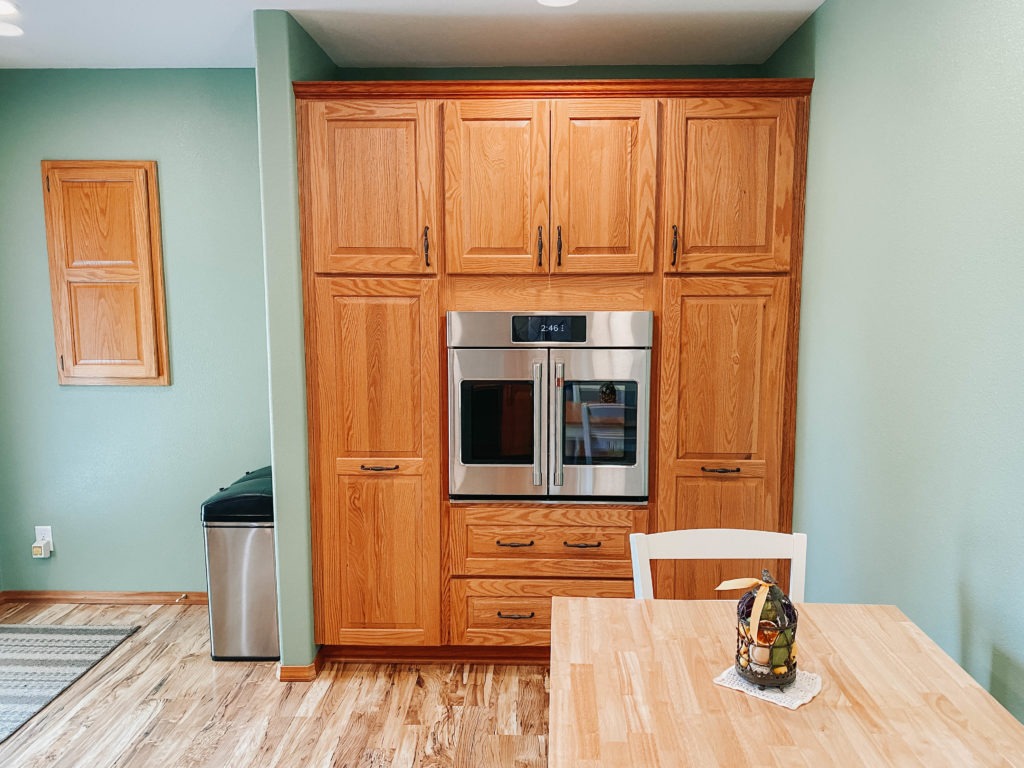
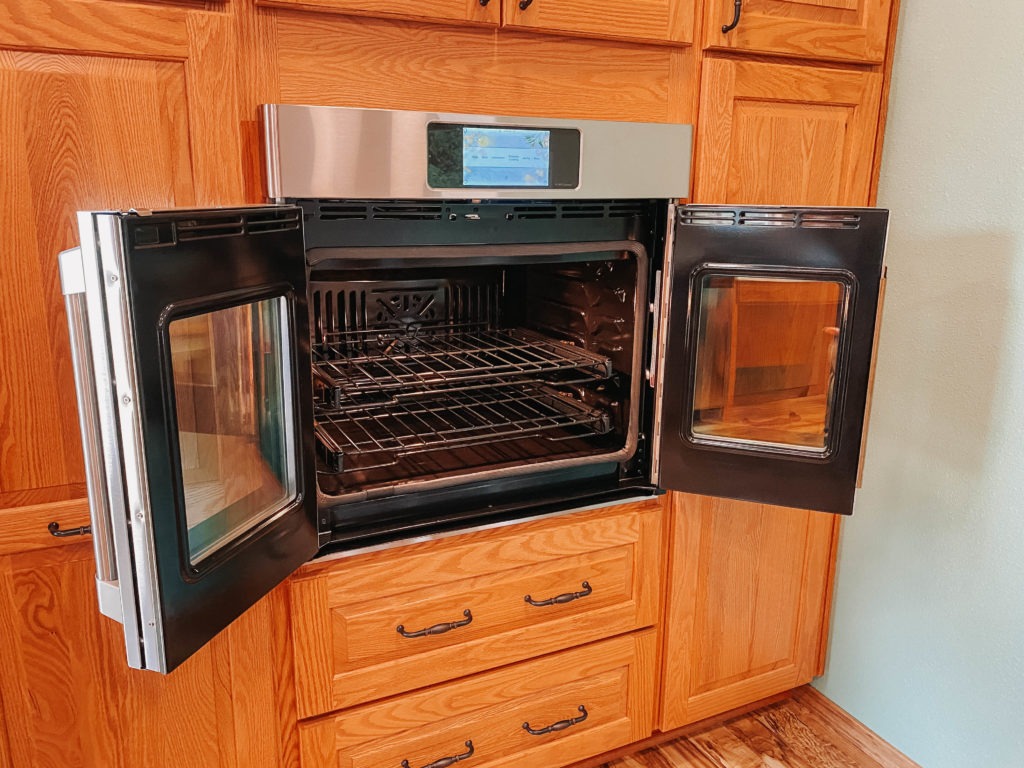
Microwaves
When designing an accessible kitchen, we recommend selecting a microwave drawer placed beneath the countertop. Having a built-in microwave in your base cabinets means there is always a landing surface for hot items as they come out. It’s a lovely solution for those managing a wheelchair or crutches and eliminates the high reaching for other individuals in the home. If you’re placing the microwave above the countertop, consider the user’s height and abilities. Ideally a microwave should be placed 3 inches below the user’s shoulder. For those in chairs, locate the microwave controls less than 48 inches above the floor.
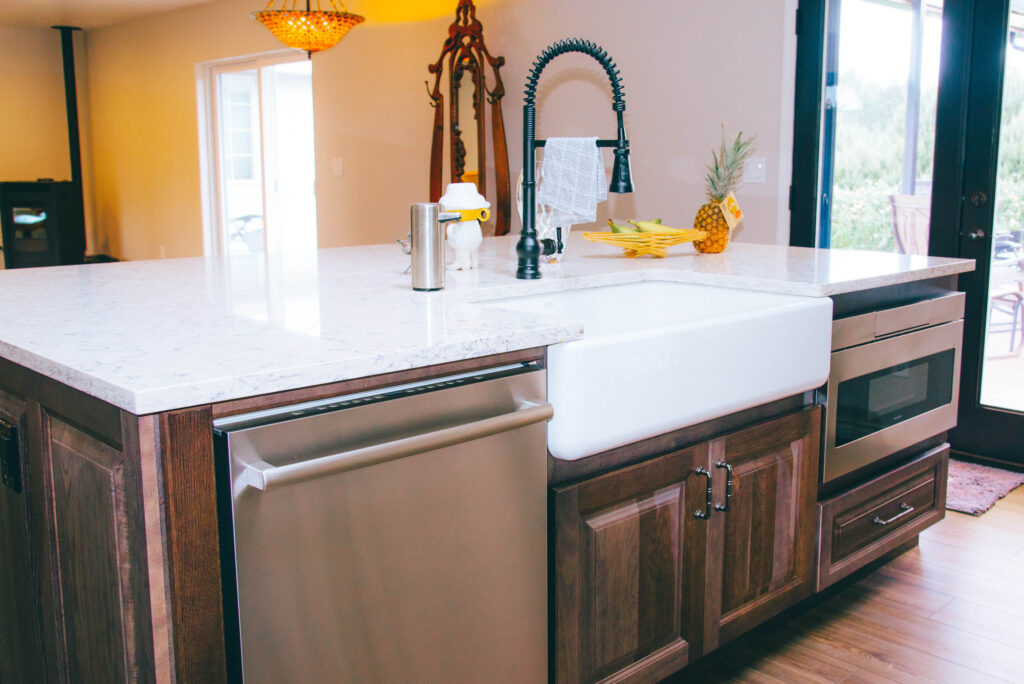
Refrigerators
Fridge configurations vary and obviously come down to personal preference. For accessible designs, we recommend opting for a model with a freezer drawer on the bottom, which provides easy access for all. Double fridge doors at the top offer full unencumbered access to the refrigerator section. Another solution is to install smaller, individual refrigerator or freezer drawers. These are great to stash items that need to be readily available to those in wheelchairs or walkers – or anyone in your home, for that matter – if you’re not ready to part with or upgrade your large refrigerator.
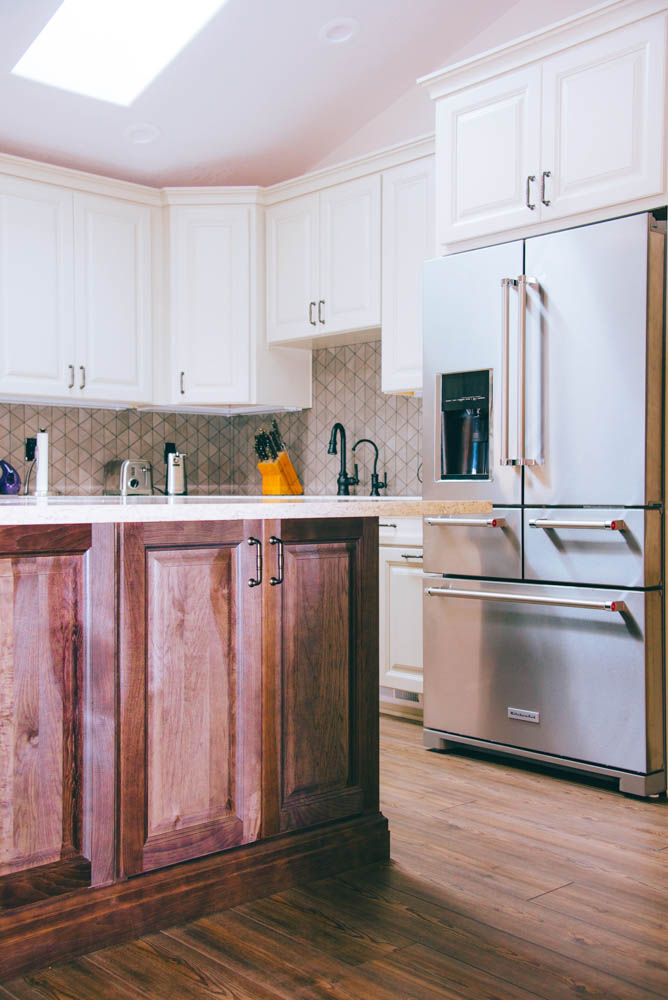
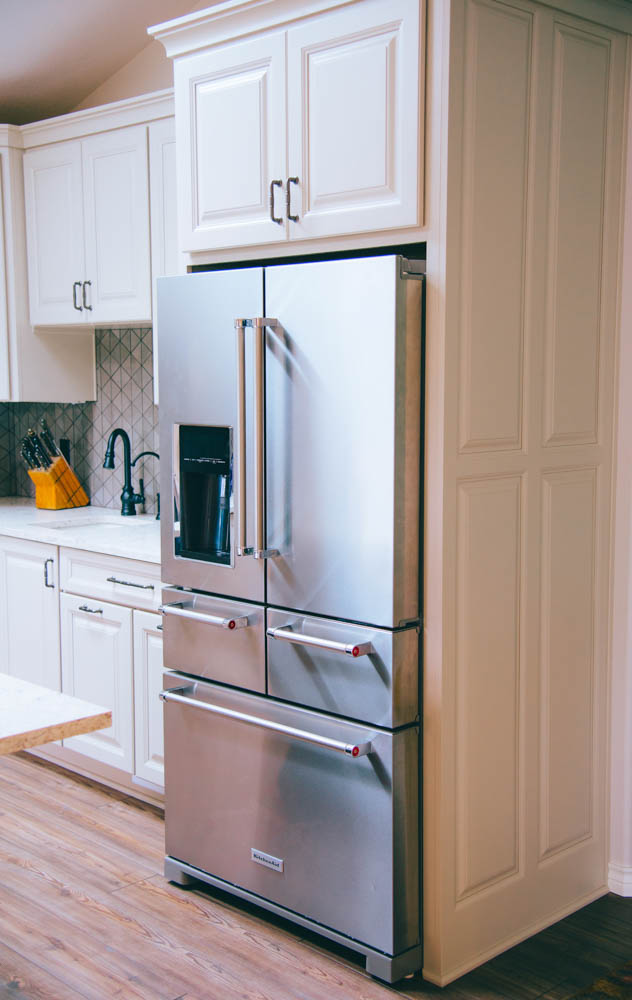
Dishwashers
As with refrigerators, there are many different dishwasher styles you can choose from. If you’re planning to keep a standard size dishwasher, you may want to consider raising it off the floor 12 inches – this gives those in chairs easier access and less bending overall when loading and unloading the dishwasher. Dishwasher drawers are a fabulous option for accessible kitchens too. The drawers come in single or double options so you can stack or separate them to meet your needs.
As with all things home remodeling, you get to make the ultimate call on what appliances to install in your accessible kitchen. This guide is simply suggestions, so you have safe, stylish, and easy to operate appliances in your kitchen. Do you have additional questions that this guide didn’t cover? Mitch is a Certified Universal Design Professional and is happy to help our clients address their home so they can enjoy it – and thrive – for years to come. We can’t wait to help you and your family achieve your goals!